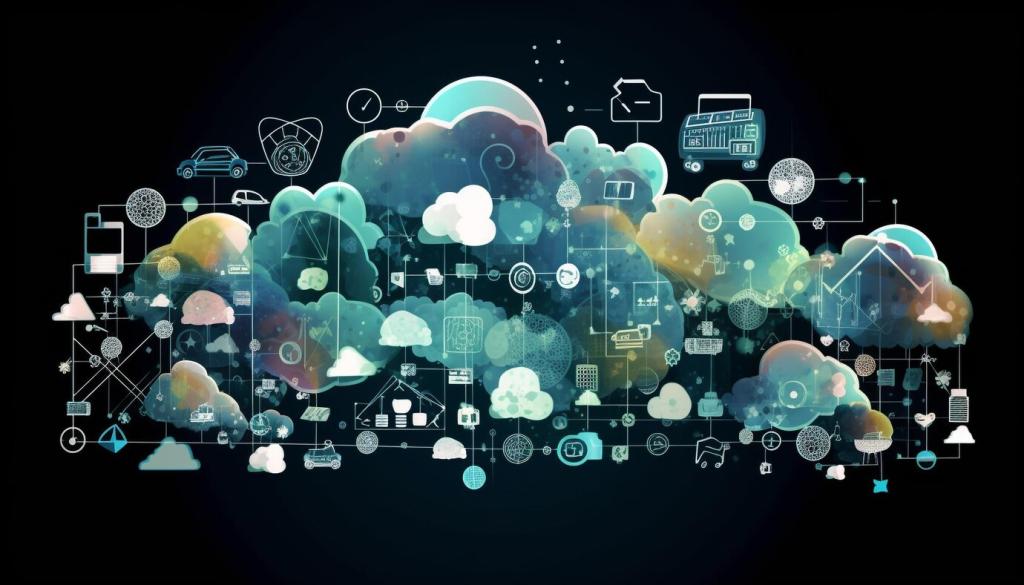Energy Efficiency and Smart Home Innovations
The world is rapidly embracing smarter technologies in pursuit of a more sustainable and comfortable lifestyle. Energy efficiency and smart home innovations stand at the forefront of this transition, providing homeowners with systems and solutions that not only reduce consumption and energy bills but also enhance the quality of daily life. These advancements contribute to environmental conservation while offering unprecedented automation, convenience, and control within the home environment. This page explores the latest developments, benefits, and considerations in the evolving landscape of energy-efficient smart homes.

The Evolution of Energy Efficiency in Homes
Design Principles for Efficient Homes
In the pursuit of energy efficiency, the foundational design of a home is pivotal. Principles such as orientation for optimal natural lighting, the use of high-performance insulation, and passive solar design are fundamental. Incorporating these aspects during construction or renovation ensures that energy demands for heating, cooling, and lighting are inherently reduced. These design strategies not only provide long-term cost savings but also contribute to a smaller carbon footprint. Homes built or upgraded with these core principles set the stage for further integration of advanced smart technologies.
The Shift to Smart Appliances
Smart appliances have revolutionized daily household management by combining traditional functions with connectivity and automation. Refrigerators, washing machines, thermostats, and lighting systems can now be operated and optimized through mobile apps or voice controls. These devices are programmed to operate at peak efficiency—adjusting energy use based on real-time data and user habits. This shift towards intelligent appliances not only simplifies tasks but also ensures that electricity is used more judiciously, minimizing waste and boosting overall efficiency.
Role of Homeowners in Energy Reduction
While technology provides the tools for improved efficiency, the role of the homeowner remains vital. Awareness of consumption patterns and active engagement with smart systems are key to maximizing benefits. Homeowners who monitor and manage their energy use, set preferences within their smart home systems, and stay informed about technological advancements can achieve substantial reductions in utility costs. Participation in local energy-saving incentives and ongoing education further empower residents to make meaningful, environmentally conscious decisions in their everyday lives.
Smart Technologies Driving Home Automation
01
Centralized Home Automation Hubs
At the heart of many efficient smart homes lies a centralized automation hub, which synchronizes connected devices for streamlined control. These hubs learn daily routines, making real-time adjustments to temperature, lighting, and security based on user inputs and environmental factors. By consolidating disparate systems into a single, cohesive network, homeowners gain unmatched simplicity and flexibility. The result is an intelligent environment that adapts seamlessly to changing needs, maximizing comfort and minimizing energy waste.
02
Adaptive Climate Control Systems
Modern smart climate control systems go far beyond traditional thermostats. They harness data from motion detectors, weather forecasts, and user schedules to fine-tune heating and cooling—only activating when needed and in precise locations within the home. Such adaptive controls dramatically reduce unnecessary energy expenditure while maintaining ideal indoor conditions. By anticipating occupancy and preferences, these systems can deliver significant cost savings and comfort, especially during periods of extreme weather or varying household activity.
03
Advanced Lighting Solutions
Lighting accounts for a considerable portion of home energy use, but innovative solutions are shifting this dynamic. Smart lighting systems feature automated dimming, occupancy sensors, and remote scheduling, enabling precise control over when and how lights operate. These intelligent features not only extend bulb lifespans but also ensure that energy is never used needlessly. Whether gradually adjusting brightness throughout the day or responding to voice commands, advanced lighting is a fundamental pillar of the energy-efficient smart home.
Renewable Energy Integration in Smart Homes
Solar technology has made remarkable progress, with modern panels now capable of generating considerable power even in less-than-ideal conditions. Coupling solar arrays with home battery storage ensures that surplus energy is captured for use during nighttime or peak demand periods. Smart systems oversee the flow of electricity, determining the best times to draw from the grid, use stored energy, or send excess back to the utility. This integrated approach maximizes self-sufficiency and savings while helping reduce overall reliance on fossil fuels.
The evolution of the smart grid allows smart homes to function not just as consumers, but also as participants in energy distribution networks. By connecting to the grid, homes can export unused renewable energy, participate in demand-response programs, and benefit from variable pricing. This bidirectional relationship, managed by automated systems, enhances both household economics and grid stability. Such connectivity is transforming neighborhoods into interactive energy communities that support broader sustainability goals.
As electric vehicles (EVs) become a common feature of modern garages, efficient and intelligent charging management is critical. Smart home systems now coordinate EV charging schedules based on household energy reserves, grid conditions, and time-of-use rates. This ensures vehicles are charged during optimal periods, minimizing costs and strain on the energy supply. The synergy between renewable generation and smart charging enhances overall home efficiency, making sustainable transportation a convenient and practical extension of the smart home ecosystem.
